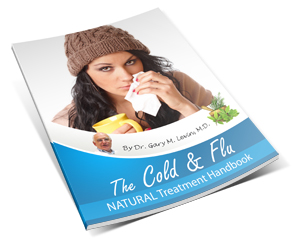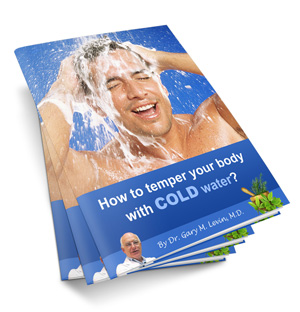Having urticaria and fever usually means that the hives are due to an illness. According to Hives.org, the flu, hepatitis B, parasitic worms and strep throat are the most common reasons for having urticaria and fever. Although, the hives may be itchy and irritating, it is best to treat the fever first. If you are having fever with urticaria, it is recommended that you consult a dermatologist soon.
Urticaria with fever and joint pain may be a sign that it is actually urticarial vasculitis. This condition is much like urticaria but the treatment of the two disorders are very different, so it is important to distinguish between the two. In this condition the hives are painful, last more than 24 hours, and may bruise or discolor the skin as they heal. Your doctor can perform simple tests to decipher the two conditions.
Treatment of a Urticaria Fever
Many times, if you treat the illness or infection that causes the fever, the hives will soon go away on their own. This doesn’t make them anymore pleasant in the meantime though. Use Aloe Vera gel to soothe itchiness and heal the skin in the meantime. Primrose oil or other essential oils may help as well. Take in lots of vitamin C too; this will not only help your immune system fight the infection, but will help get rid of the hives as well.
Make sure that when treating urticaria and fever you do not take any medications that contain aspirin. This may help your fever, but will make your hives symptoms worse. The same can be said for other non-steroidal anti-inflammatory medications (NSAIDs) such as ibuprofen, high blood pressure meds, and some painkillers such as codeine or morphine. Many people take hot baths to get rid of fevers too. This is wrong in cases of urticaria and fever, because hot water often causes the irritation to get worse.
Hives-treatment.com suggests consulting a dermatologist as soon as possible for the best treatment. The site also suggests Apis to help with the burning pain and any sudden breakout in sweat. Arsenicum helps with burning sensations and persistent thirsts as well. Cold or cool water can help in reducing inflammation. In addition, vitamin B12 is a great supplement to take for both urticaria and fever.
If your fever rises up, or your body is not responding to treatment this could be a sign of an infection and you should contact your doctor right away. In addition, if fever rises too high you should get help immediately, especially in cases that involve children. Emergency help should also be sought if someone is having trouble breathing, such as in cases of anioedema.














